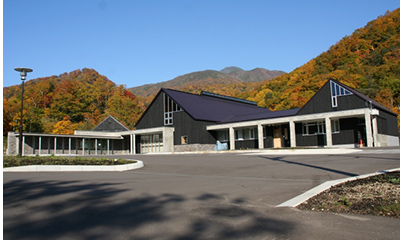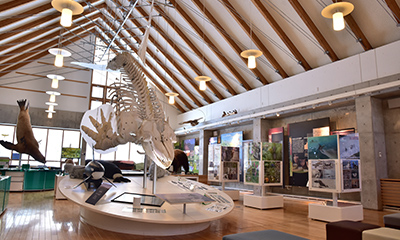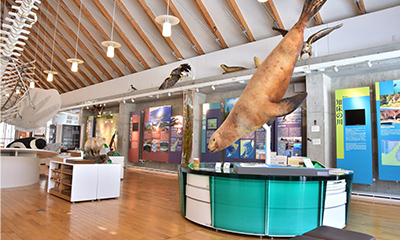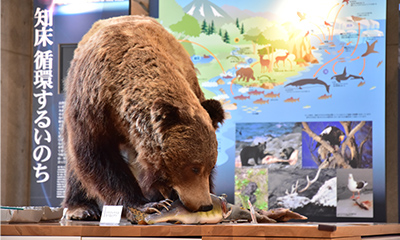Shiretoko Rausu Visitor Center
Characteristics of the Shiretoko National Park
The name "Shiretoko" derives from the Ainu phrase "siretok," meaning "End of the Earth,”
and true to its name, the Shiretoko area is located on the most northeastern point of Japan (excluding the
Northern Territories).
Shiretoko National Park is characterized by its majestically precipitous landscape, which was formed by
volcanic activity and lava flows, and its richly diverse wildlife. In particular, the park is home to many
large mammals, such as the brown bear and killer whale, and also large birds of prey that are in danger of
extinction. With these creatures at the top of the ecological chain, various wild animals interrelate and live
strongly.
The diversity of these creatures and the links between ocean, river, and forest ecosystems in the area have
been recognized, and in July 2005, Shiretoko was designated a World Natural Heritage site.
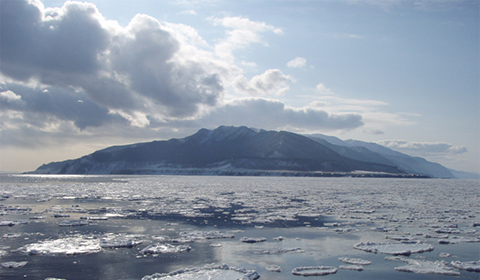
Shiretoko National Park Area Map
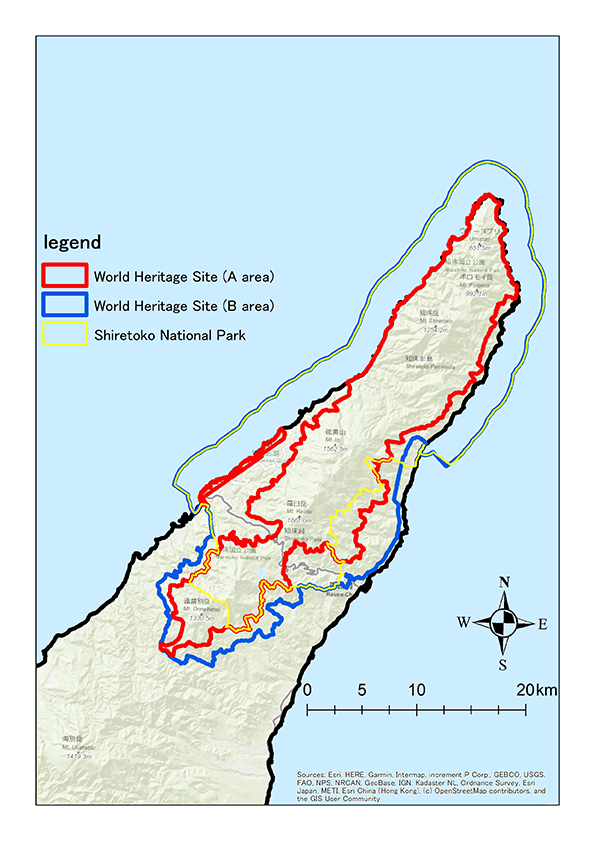
Nature of the Shiretoko National Park
The Shiretoko peninsula is a long, narrow peninsula measuring approx. 70 km long and approx. 25 km wide at its base. From the top of Mt. Rausu—the main peak on the peninsula—is a spectacular view of precipitous mountains 1,200 m to 1,600 m in height rising in rows on both sides. The animal most representative of Shiretoko is the brown bear. Shiretoko Peninsula has one of the densest populations of brown bears in the world, and their footprints, feces, and claw marks on the trees are found everywhere in the forest. In precipitous Shiretoko, vegetation change can be observed at different altitudes at the shorter distance, and rare species such as Viola kitamiana and a wide range of alpine plants can be found. In winter, over 100 white-tailed sea eagles and Steller's sea eagles that fly spreading their 2-meter wings may be seen in a single day. In the sea, killer whales and other whales swim sedately, and seals and Steller's sea lions also come to Shiretoko in winter.
What makes many wild animals living within this small area possible is the connection between the ocean, rivers, and forests unique to Shiretoko, where runs of salmon bring blessings from the drift ice to the land.
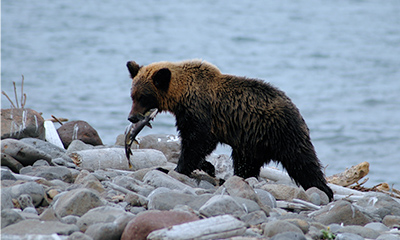
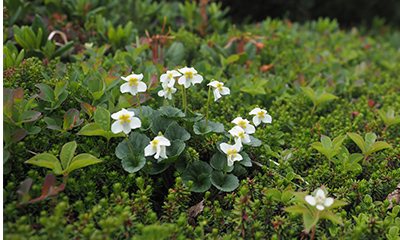
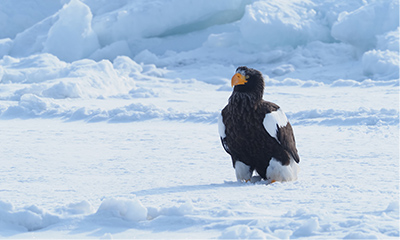
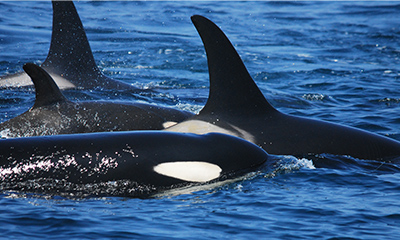
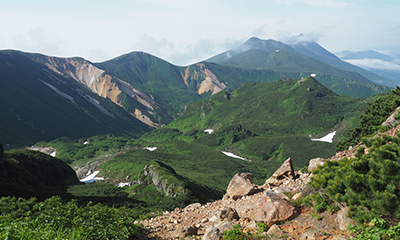
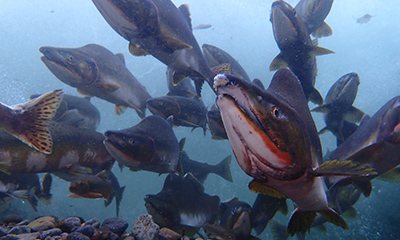
Visitors Etiquette
- Do not leave any trash.
- Do not pick plants.
- Do not feed animals.
- Do not hunt or fish.
- Do not smoke while walking.
- Bonfires/recreational fires are only permitted in designated areas.
- Do not stray from the paths.
- Do not approach or provoke brown bears.
- Do not obstruct fishery activities.
Access
Haneda Airport — Memanbetsu Airport — Abashiri Station — Shiretokoshari Station — Utoro
Haneda Airport — Nakashibetsu Airport — Rausu
For more details:
Shiretoko Rausu Visitor Center
General Information
- Open
- 9:00-17:00 (May - October) / 10:00-16:00 (November - April)
- Closed
- Mondays (Open daily during July - September)
End and beginning of the year - Usage Fee
- Free of charge
- Parking
- Outline of the facility
The Shiretoko Rausu Visitor Center is a facility established by the Ministry of the Environment as a base for connecting people and nature. Through exhibits, videos, and commentary on Shiretoko's nature, history, culture, and use, the center provides the latest information needed to learn about Shiretoko National Park and enjoy its nature. Many taxidermied specimens such as brown bears, Steller's sea lions, and Blakiston's fish owls are exhibited in the Center. Among them, the highlight is the skeletal presentation of an approx. eight-meter-long killer whale. This killer whale was the largest male of a pod of killer whales that ran aground off the coast of Rausu in February 2005, and is still here to show us the wonders of Shiretoko's nature.
You can also enjoy the geyser, which is designated a natural monument by Hokkaido, with just a 5 minute walk. Bear spray and boots are available for rent at the museum, so please make use of them during your walk (for a fee).
